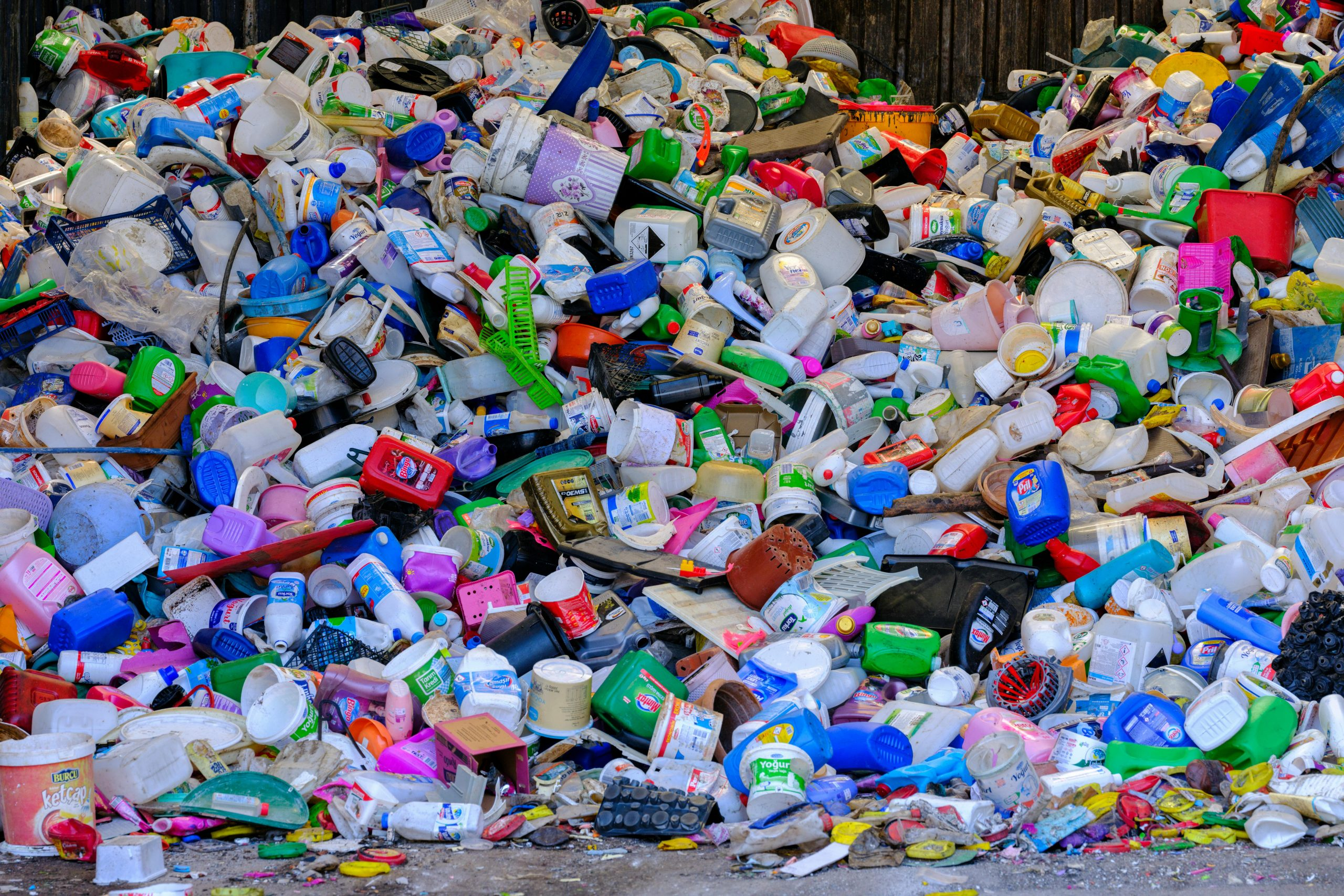Exploring Sustainable Practices: Teaching Environmental Responsibility
Welcome to the era of environmental responsibility! As countries around the world face the consequences of years of environmental neglect and exploitation, the need to educate the younger generation about sustainability and environmental protection has never been more pressing. As educators, it is our responsibility to equip our students with the knowledge and skills to become responsible stewards of the environment. In this article, we will explore sustainable practices and how we can effectively teach environmental responsibility to the next generation.
The Importance of Teaching Environmental Responsibility
The Earth is facing numerous environmental challenges such as climate change, deforestation, pollution, and loss of biodiversity, just to name a few. These problems not only affect the Earth, but also the lives and well-being of all living creatures, including humans. That is why it is crucial to instill a sense of responsibility and care for the environment in our students.
By teaching environmental responsibility, we are not only ensuring a sustainable future for our planet, but also fostering skills like critical thinking, problem-solving, and empathy in our students. It also allows them to understand the interconnectedness of the environment and how their actions can have a positive or negative impact.
Exploring Sustainable Practices in the Classroom
1. Incorporate Environmental Topics in the Curriculum
One of the most effective ways to teach environmental responsibility is by incorporating it into the curriculum. From science and geography to social studies and language arts, there are numerous ways to infuse environmental topics into different subjects. For example, students can learn about the water cycle in science class and explore ways to conserve water in their daily lives.
2. Create a Green Classroom
Transforming your classroom into an eco-friendly space not only sets an example for your students, but also provides them with hands-on experience in sustainable practices. Encourage students to recycle, reduce waste, and conserve energy. You can also involve them in gardening activities, which not only teaches them about sustainability, but also provides them with fresh produce for healthy snacks.
3. Use Technology to Teach Sustainability
In today’s digital age, technology can be a powerful tool for teaching sustainable practices. Use interactive games, videos, and virtual field trips to engage students and make learning about the environment fun. You can also use online resources to explore global environmental issues and brainstorm solutions with your students.
Teaching Environmental Responsibility Beyond the Classroom
1. Organize Eco-Friendly Field Trips
Field trips are a great way to expose students to the real-world applications of sustainable practices. Choose locations that align with your curriculum and are environmentally friendly, such as a recycling center or a nature reserve. This not only allows students to learn outside of the classroom, but also inspires them to make a positive impact on the environment.
2. Community Service Projects
Encourage students to take action and make a difference in their community through environmental volunteering. This could include beach cleanups, tree planting, or creating a community garden. Not only will this have a positive impact on the environment, but it also teaches students the value of giving back to their community.
3. Project-based Learning
Project-based learning is a great way to engage students and allow them to take ownership of their learning. Choose a sustainability-related project for students to work on, such as creating a recycling program for the school or designing a sustainable energy plan for the community. This not only teaches them about sustainable practices, but also allows them to develop valuable skills like teamwork, communication, and problem-solving.
In Conclusion
Teaching environmental responsibility is a critical step towards creating a sustainable future for our planet. By incorporating sustainable practices in the classroom and beyond, we can inspire our students to become responsible, environmentally-conscious individuals. As educators, we have the power to shape the minds of the next generation and make a positive impact on the environment. Let’s take on this responsibility with passion and dedication, for the well-being of our planet and all its inhabitants.











